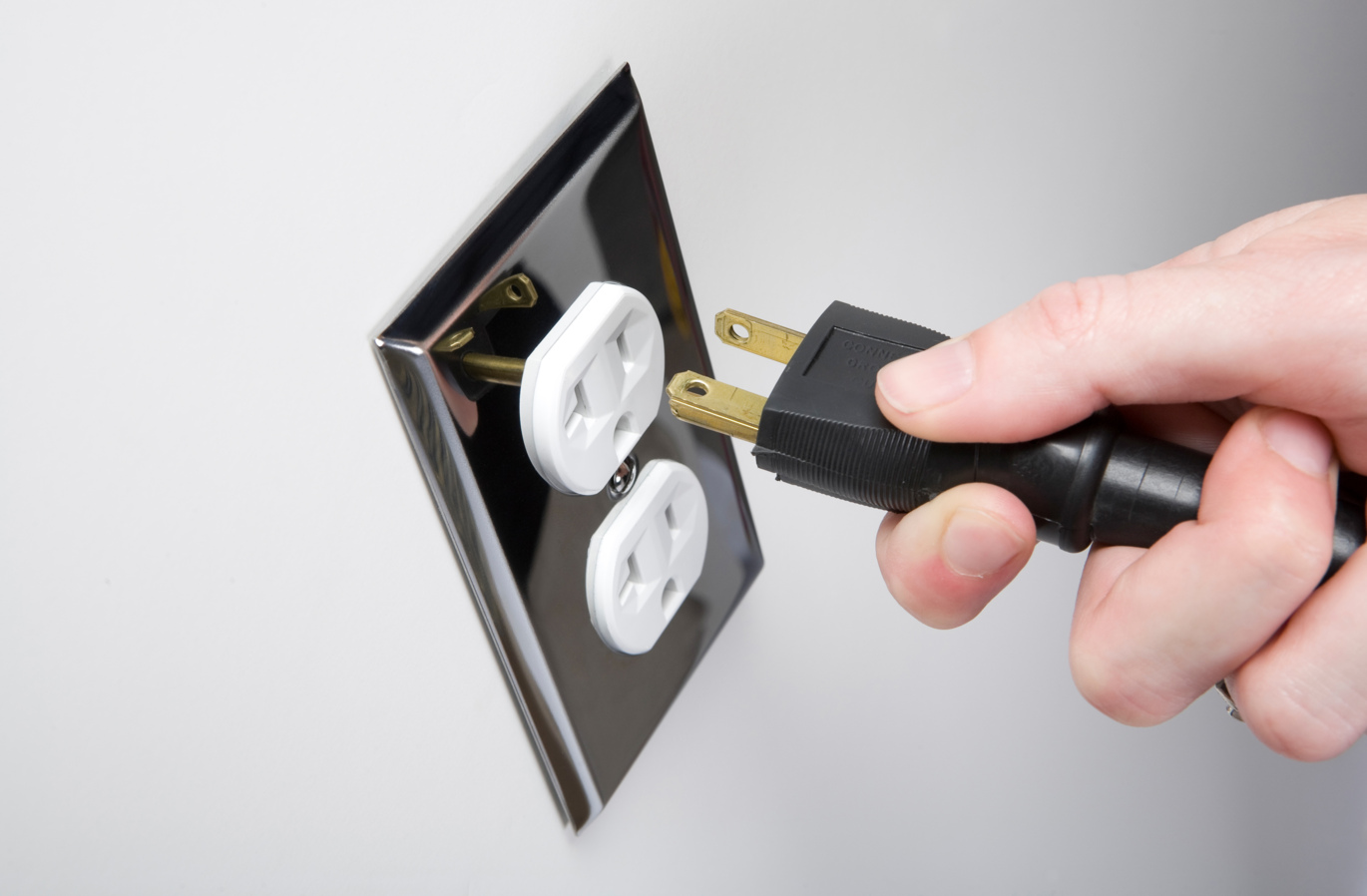
2-pole means that the device plug is not earthed and it normally has two pins that transmit electricity.
Originally, all electrical devices were fitted with 2-pole plugs, which means that the devices were not earthed and that all mains sockets were constructed for 2-pole plugs. However, with the increase in more and more powerful devices, suffering from electric shock became a higher risk. This problem was solved by introducing an earth connection, mainly in the form of a 3rd pin. Earthed plug systems are therefore known as 3-pole systems, even though this is not quite technically correct.
In addition, 2-pole plugs are not constructed to continuously withstand high currents. For example, if more than 2.5 amperes (in other words, more than 500 watts), are transferred through a 2-pole plug, it is possible that damage caused by smouldering or burning can occur under certain conditions. This is due to the plug pins, which are often not thick enough to continuously resist the heat caused by the higher power.
In the case of less powerful devices (normally up to around 500 watts), 2-pole connections are still the norm since these can be produced more economically.
In most countries in the world, 2-pole mains sockets have been replaced with earthed sockets which can accept both 2-pole and 3-pole plugs.
Check out our 2-pole adapters!
3-pole means that the device plug is earthed and that it normally has three pins, of which two are used to transfer the current and one is used as personal protection.
As previously mentioned above, due to the predominance of more powerful devices in the 1930s, (normally above around 500 watts), the problem of a possible electric shock became a hazard for users. In order to provide safety, an earth connection had to be fitted to 2-pole plugs for these devices. In all plug types, this earth connection was fitted as a 3rd pin.
There is an exception to this, which is the Schuko plug where the earth connection is located on the side of the plug and made of metal contact surfaces.
It is crucial to note that removal of the earth connection is life-threatening in any case as there would no longer be protection against electric shock! In the case of all 3-pole plugs that conform to the standards, this earth connection has been constructed as a leading connection, which means that the earth connection closes the contact before the other two pins make power contact.
At the same time, in most countries in the world, 2-pole mains sockets have been replaced with 3-pole earthed sockets , which can accept both 2-pole and 3-pole plugs.
Check out our 3-pole adapters!
Due to the fact that the distinction between when it should be a 2- or 3-pole device can be unclear, it is not always possible to make a 100% division between devices.
However, the usual definition is that devices which use less power (below 500 watts) are 2-pole:
- electric toothbrushes
- hair straighteners
- charging stations for USB-capable devices like mobile phones, iPods and iPads, etc
- coffee-makers
- navigation devices
- video cameras
- etc.
More powerful devices (above 500 watts) are normally 3-pole:
- laptops
- PCs
- hairdryers
- irons
- vacuum cleaners
- televisions
- power drills
- kettles
- etc.
In order to decide which adapter you need, you need to establish whether your device has a 2- or 3-pole plug. Besides a few exceptions, you can see the difference quite easily by looking at the plug itself: 2-pole devices plugs have 2 pins and 3-pole plugs have 3.
The exception, as previously mentioned, is the Schuko plug, which is normally used throughout Europe. In this instance, the earth connection is not made by adding a 3rd pin, but instead uses contact surfaces on the side of the plug. The British standard plug is also another exception: if the 3rd pin is made of metal, it is a 3-pole device. In the case of 2-pole devices, this 3rd pin is made of plastic.
